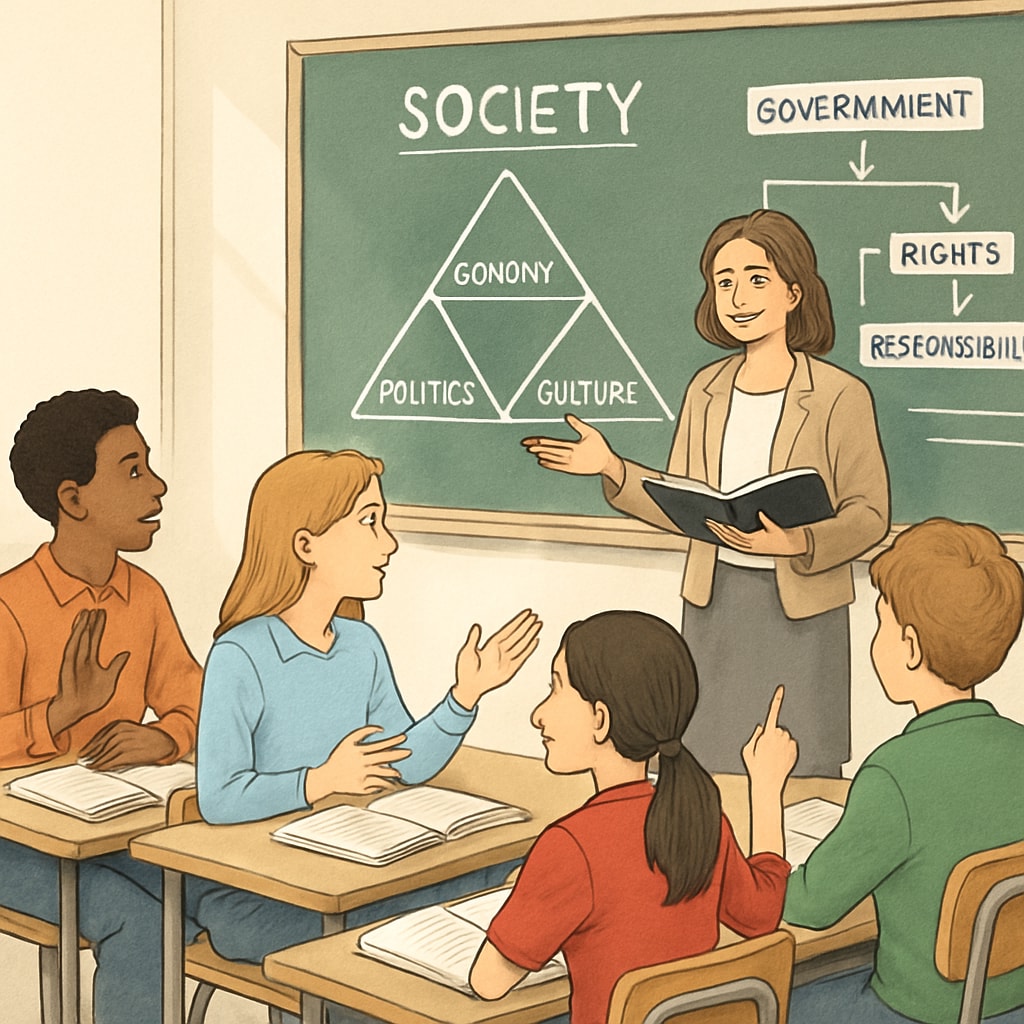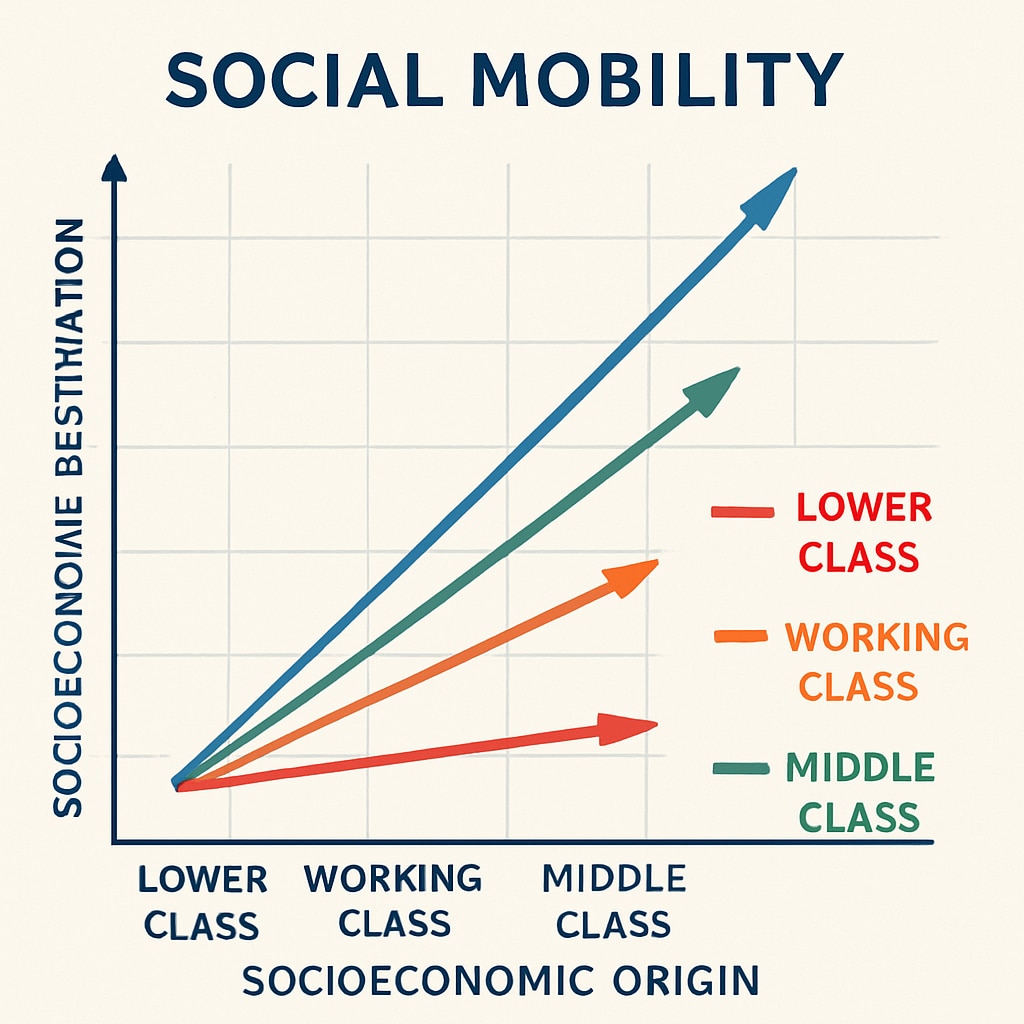K12 social studies courses are designed to help students understand society, but they often fall short when it comes to presenting the complexities of class systems, social mobility, and their implications. This educational content frequently oversimplifies the structural barriers and opportunities that shape class mobility, inadvertently fostering misconceptions. By doing so, it risks leaving students with a skewed perception of how society operates, which can have long-term implications for their worldview and critical thinking skills.
The Oversimplification of Class Systems in K12 Education
One of the most pressing issues in K12 social studies is the oversimplified portrayal of class systems. For example, textbooks and curricula often describe social mobility as a linear, merit-based process. Students are taught that hard work and determination are the primary drivers of upward mobility, with little emphasis on systemic factors such as inherited wealth, access to quality education, or systemic discrimination. This reductive narrative is far removed from the nuanced reality of class dynamics.
For instance, studies show that factors like socioeconomic background, access to healthcare, and even geographic location play significant roles in determining an individual’s opportunities. According to a Britannica article on social stratification, the structural inequalities embedded in society often outweigh individual effort. Yet, these complexities are rarely addressed in the classroom, leaving students ill-prepared to critically analyze the world around them.

How Misrepresentation Leads to Misconceptions
The misrepresentation of class systems in social studies has far-reaching consequences. When students are taught that social mobility is solely a matter of effort and personal merit, they may internalize the belief that systemic barriers are nonexistent or insignificant. As a result, they may blame individuals for their socioeconomic struggles without considering the broader context.
Additionally, this narrative can perpetuate myths about the “American Dream” or other cultural ideals of success. While these concepts are valuable in inspiring ambition, they can also obscure the systemic challenges faced by marginalized groups. For example, a Wikipedia entry on social mobility highlights how intergenerational poverty creates significant barriers to upward mobility. However, such discussions are often absent from K12 curricula.

Encouraging Critical Thinking in Social Studies Education
Given the potential for misrepresentation, it is crucial for educators to adopt a more balanced approach when teaching about class systems and social mobility. Here are some strategies to foster a more nuanced understanding:
- Incorporate Diverse Perspectives: Introduce case studies, narratives, and statistical data that highlight the experiences of individuals from various socioeconomic backgrounds.
- Encourage Critical Analysis: Challenge students to question and analyze the factors that influence social mobility, such as systemic discrimination or access to resources.
- Promote Open Discussions: Create a classroom environment where students can discuss and debate these issues, allowing them to explore different viewpoints.
- Use Interdisciplinary Approaches: Combine insights from sociology, economics, and history to provide a holistic understanding of class dynamics.
By implementing these strategies, educators can help students develop the critical thinking skills necessary to evaluate complex social systems. This not only enhances their understanding of class dynamics but also prepares them to engage thoughtfully with societal challenges in the future.
The Role of Educators in Shaping Perceptions
Educators play a pivotal role in shaping how students perceive and understand social systems. By presenting balanced, evidence-based content, they can challenge the myths perpetuated by oversimplified narratives. Moreover, they can inspire students to question and explore the complexities of the world, fostering a generation of critical thinkers who are better equipped to address societal issues.
In conclusion, while K12 social studies courses aim to educate students about society, their current approach to class systems and social mobility often falls short. By oversimplifying these topics, they risk perpetuating misconceptions that can hinder students’ ability to critically analyze societal structures. It is essential for educators to adopt a more nuanced and balanced approach to teaching these topics, ensuring that students are equipped with the knowledge and skills they need to navigate the complexities of the modern world.
Readability guidance: This article uses short paragraphs, active voice, and transitional phrases to ensure clarity. The inclusion of examples, external links, and strategies enhances the reader’s understanding and engagement with the topic.


